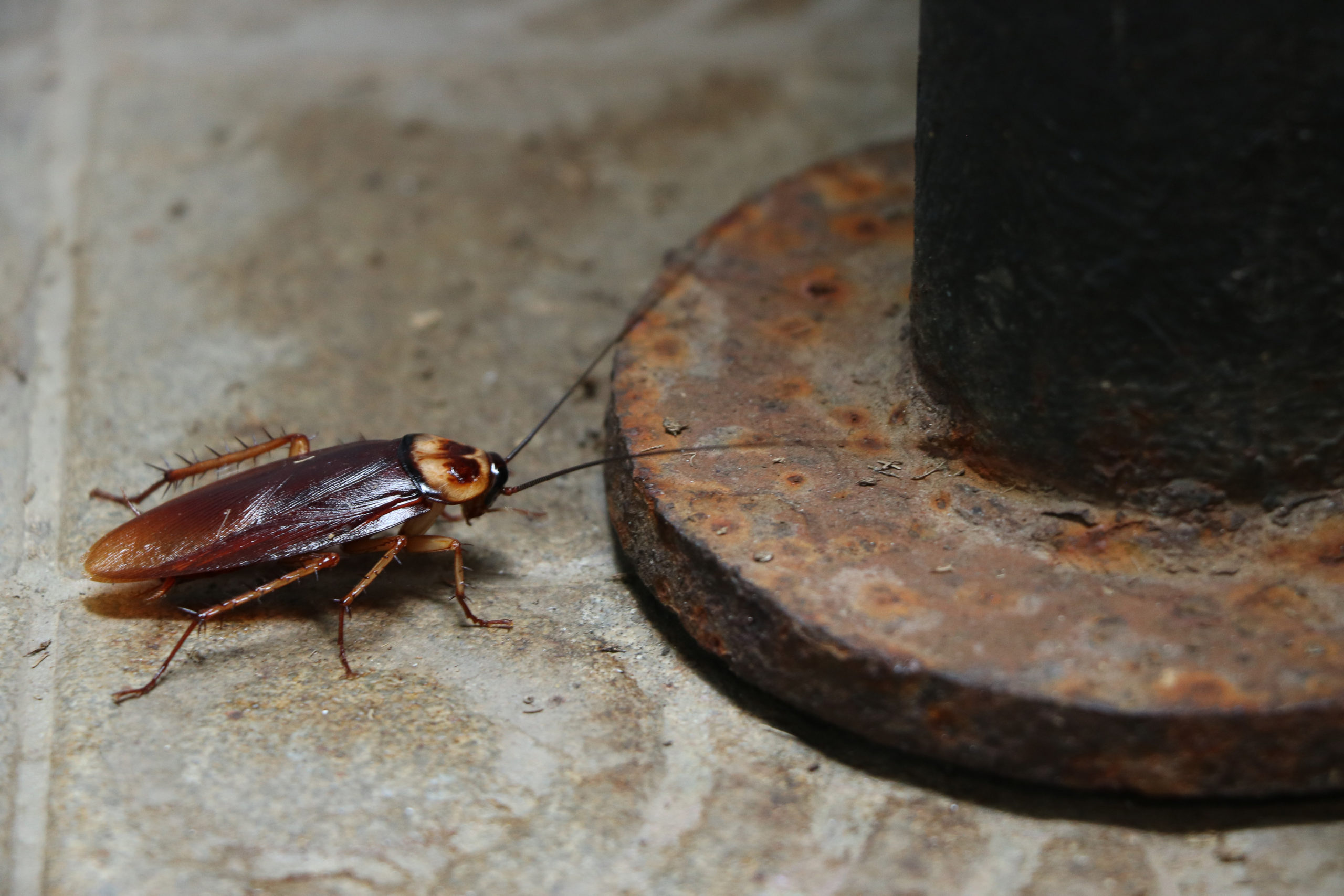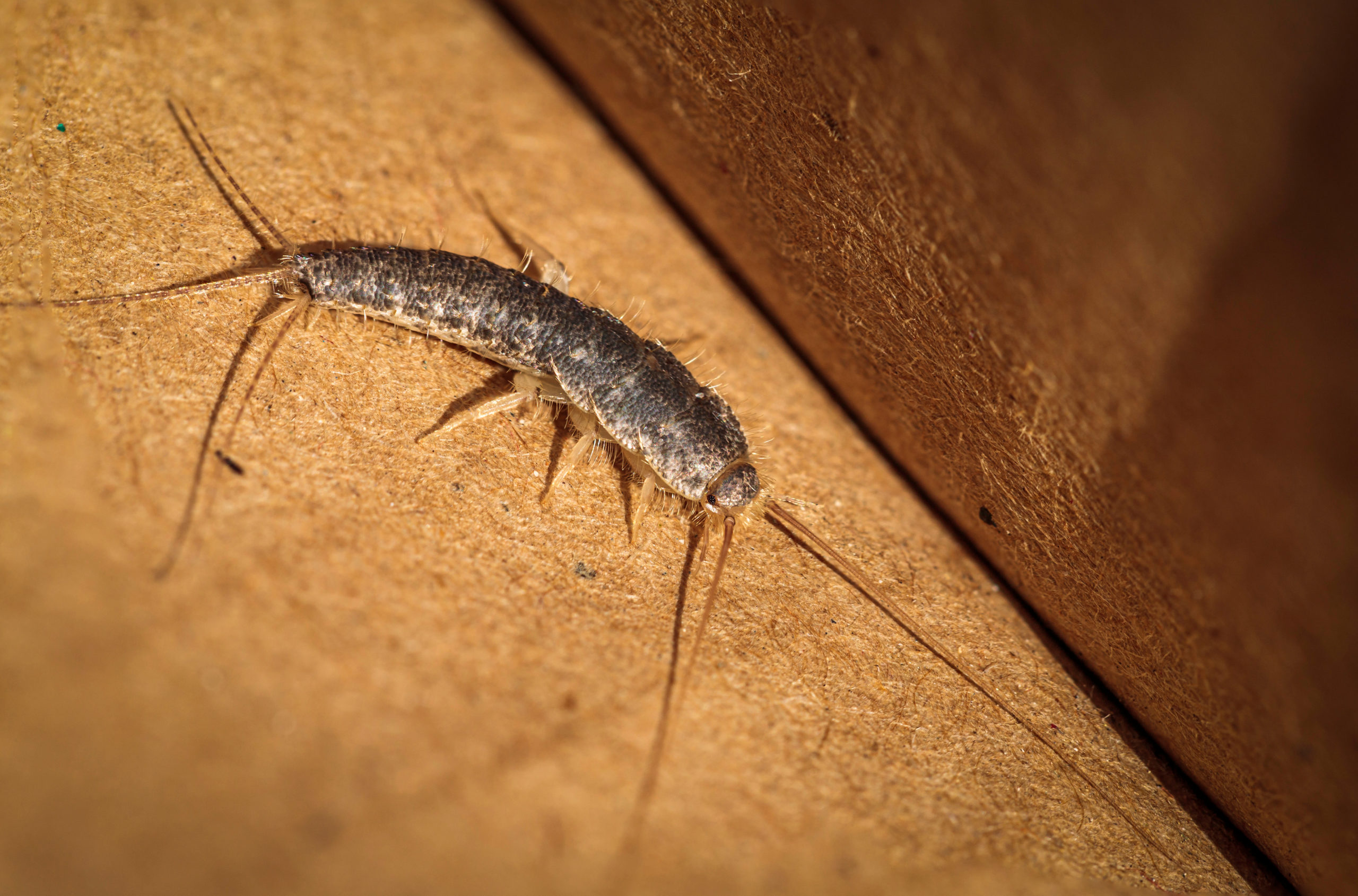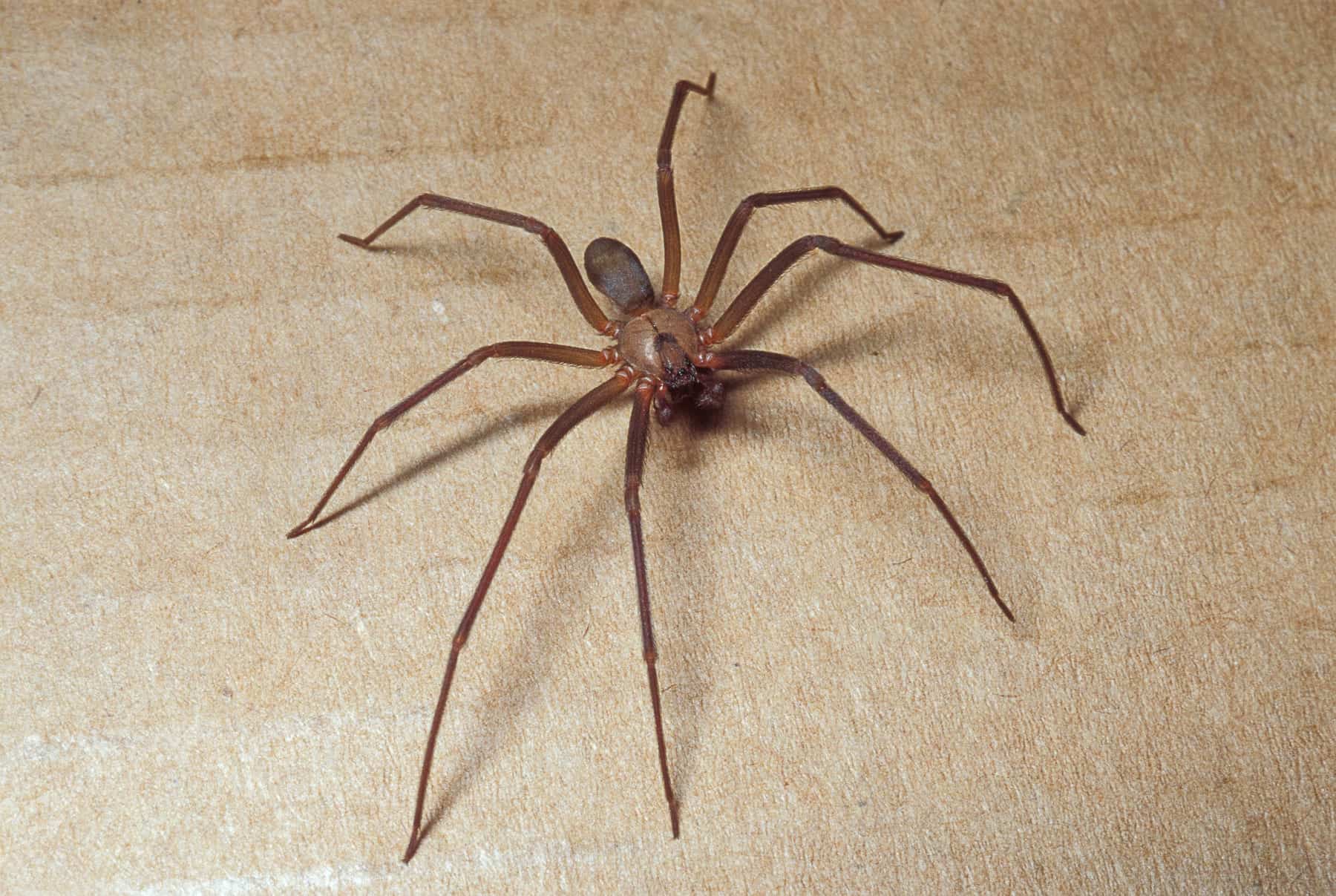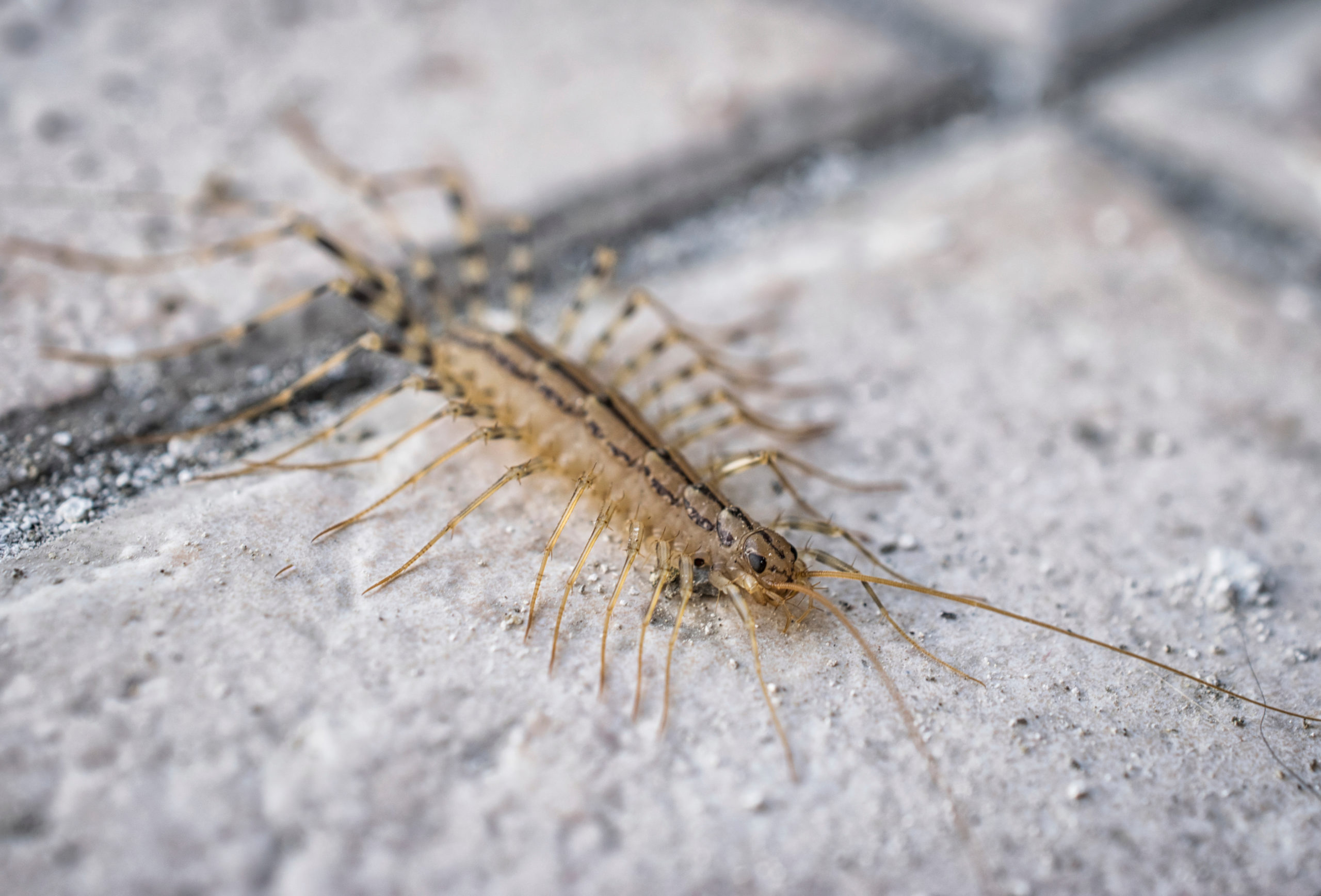Basement Dwellers – The Pests Down Below
Basement Dwellers – The Pests Down Below
Dank, Dark, and Deserted
Not only do these three words describe most of our basements, they also are characteristics that attract a number of different pests. Pests like to occupy areas of low traffic and seek out sources of moisture which is crucial to their survival. The following pests are all known for being common basement dwellers.

Cockroaches
Cockroaches have an affinity for warm, dark, and moist places. They are photophobic, meaning that they are afraid of light, leading to them seeking out the darkest places they can find. Due to this, they often will find their ways into kitchens, basements, laundry rooms, underneath sinks and around piping.
These pests are particularly resilient with the ability to survive days without their heads, go weeks without food, and even resist extreme nuclear radiation. They also can consume nearly anything as sustenance including dust bunnies, rotted foods, paper products, animal excrements, and even some poisonous plants and chemicals. This insane resilience and ability to consume nearly anything allows roaches to comfortably live in basement environments.

Silverfish
These pests have oval, elongated bodies that almost appear to be covered with scales like a fish – hence their name. They are typically silver in color, although they have been known to be a variety of shades of brown. Silverfish are native to the United States and are very keen on moist areas that are preferably warm and humid, which makes them very drawn to areas such as laundry rooms, bathrooms, and basements. They thrive in environments with very high humidity, roughly 70-90 percent, and don’t fare well in environments that are dry. Silverfish are also rarely seen during the daytime as they are nocturnal creatures.

Brown Recluse Spiders
True to their name, these creepy spiders tend to be very reclusive – occupying dark and low traffic areas. These spiders have six eyes within three different pairs. They are about a quarter in size and range from light brown to brown. Brown recluses can live up to six months without consuming any food or water. They are not out to harm anyone but will bite if they feel harmed. A bite by this type of spider is one you should take extremely seriously because they are poisonous. The bites are very painful and originally develop into a blister before eventually splitting into a lesion and, in severe cases, can cause skin necrosis – destruction of the skin tissue. In particularly serious situations, the afflicted area can turn septic and even become fatal.

Centipedes
Centipedes in general prefer to inhabit moist areas and require little to no direct sunlight. In fact, they are so sensitive to heat and direct sunlight that they can become shriveled and die from too much direct exposure to the sun. Due to this, they can often be found inhabiting the basements and crawl spaces of homes.
These nasty creatures are invertebrates with segmented body parts and between ten to several hundred legs depending on the specific species. Counter to what their name may suggest, centipedes do not actually have 100 legs. While the range of legs on centipedes can vary drastically based on the suborder of the species, no centipede actually has exactly 100 legs. The average ranges from 30 to 50 legs, while the highest recorded for house centipedes is 354 legs (177 pairs). Centipedes are generally passive pests that are far creepier than they are dangerous. However, they do have pinchers that they can use to deliver very painful bites to people.

Avoiding Basement Dwellers
As with all pest infestations, the best way to treat them is by preventing the infestation in the first place. A few steps you can take to help avoid these creepy crawlies include:
- Sealing any cracks or crevices leading into the basement
- Inspect basement windows and repairing any torn screens or damaged weatherstripping
- Use a dehumidifier if necessary to reduce excessive moisture
- Reduce clutter as much as possible
- Sweep, vacuum, or mop occasionally as needed
But, if all else fails, and you find that your home has unwelcome basement dwellers, we recommend that you call in the professionals right away. Some of these pests (like the brown recluse) can be rather dangerous and should only be handled by trained technicians with experience to exterminate them quickly and effectively. Call us today if you suspect you have pests hiding in your basement.

Citations
Brown Recluse (no date) Urban and Structural Entomology Program at Texas A&M University. Texas Forest Service. Available at: https://urbanentomology.tamu.edu/spiders/brown-recluse/ (Accessed: January 5, 2021).
Centipedes (no date) Pest World. The National Pest Management Association. Available at: https://www.pestworld.org/pest-guide/occasional-invaders/centipedes/ (Accessed: December 2020).
Gordon, E. (no date) A Teacher’s Resource Guide to Millipedes & Centipedes, Cornell University. Available at: https://cpb-us-e1.wpmucdn.com/blogs.cornell.edu/dist/7/3643/files/2013/09/Millipedes-CentipedesGuide-2jubwdz.pdf (Accessed: August 2020).
Hadley, D. (2020) Fascinating Facts About Centipedes, ThoughtCo. Available at: https://www.thoughtco.com/fascinating-facts-about-centipedes-1968228 (Accessed: August 2020).
Kim, G. and Polan, S. (2018) Why Cockroaches Are So Hard To Kill, YouTube. Science Insider. Available at: https://www.youtube.com/watch?v=KKYJf2DL1FM (Accessed: July 2020).
Mekonnen, S. (2019) Brown Recluse Spider Bites, Poison Control. National Capital Poison Center. Available at: https://www.poison.org/articles/2014-oct/brown-recluse-spider-bites (Accessed: January 5, 2021).
Phillips, E. and Gillett-Kaufman, J. (2018) Silverfish: Lepisma saccharina Linnaeus, University of Florida Department of Entomology and Nematology. Florida Department of Agriculture and Consumer Services. Available at: http:// entnemdept.ufl.edu/creatures/URBAN/silverfish.HTM (Accessed: June 2020).
Silverfish (2020) Pest World. National Pest Management Association. Available at: https://www.pestworld.org/pest-guide/occasional-invaders/silverfish/ (Accessed: June 2020). Stanton, K. (2019) Could Cockroaches Survive a Nuclear Apocalypse?, Earth Sky. University of Melbourne. Available at: https://earthsky.org/earth/would-cockroaches-survive-nuclear-apocalypse (Accessed: May 2020).
Venomous Spiders (2018) Centers for Disease Control and Prevention. The National Institute for Occupational Safety and Health. Available at: https://www.cdc.gov/niosh/topics/spiders/default.html (Accessed: April 2020).
Request a Free Quote Today
(We do not share your data with anybody, and only use it for its intended purpose)
